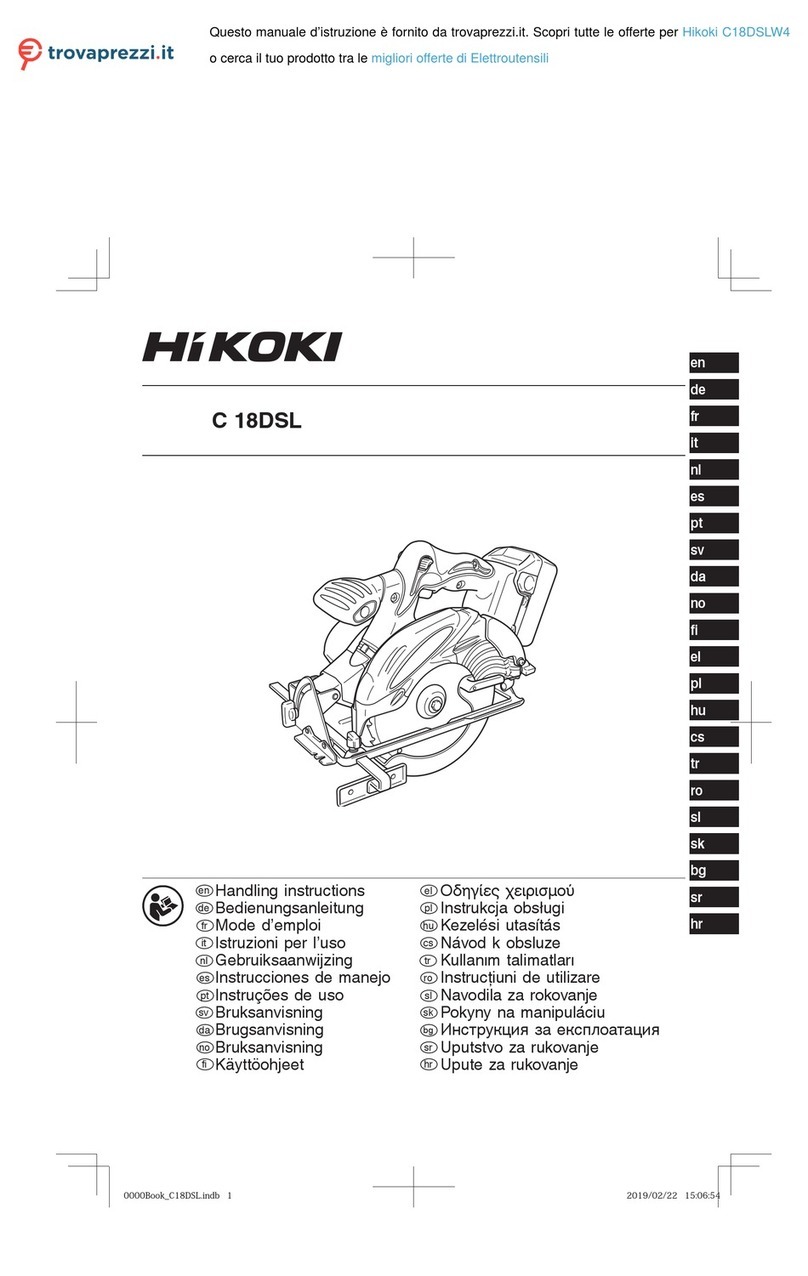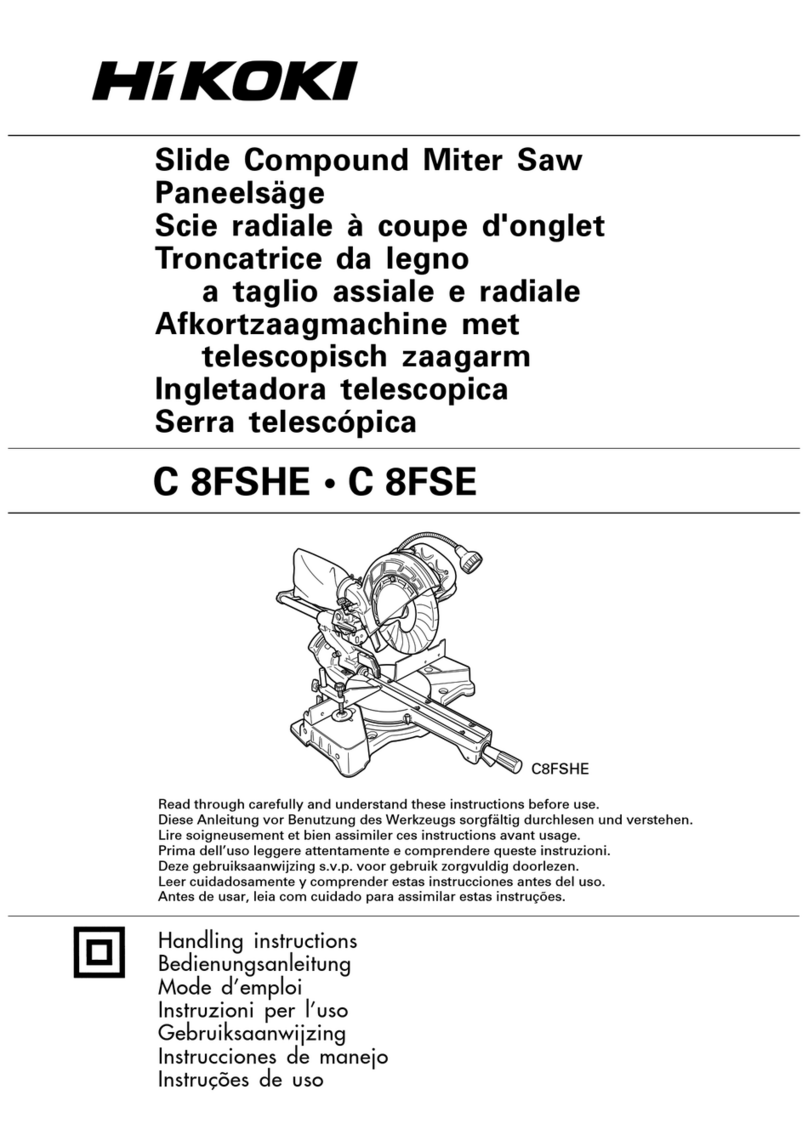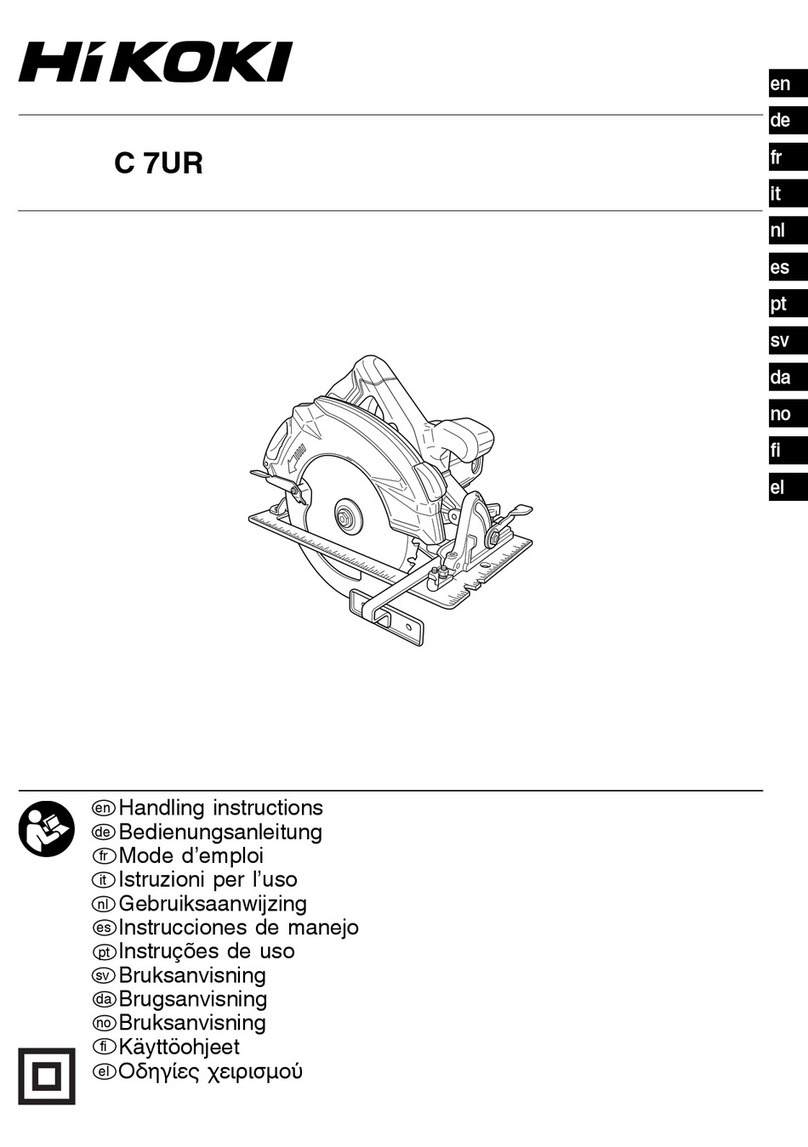HIKOKI C 3610DRA User manual
Other HIKOKI Saw manuals
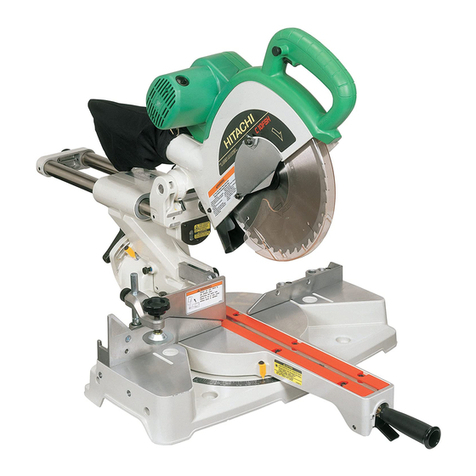
HIKOKI
HIKOKI C10FSH User manual
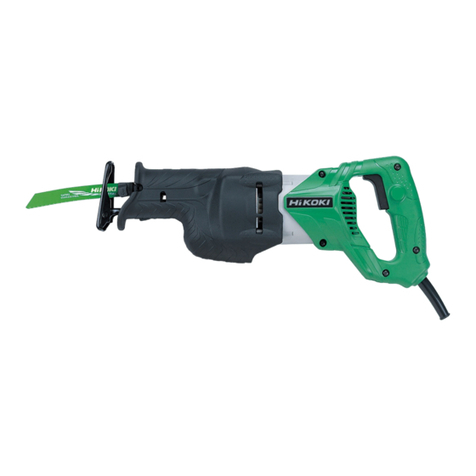
HIKOKI
HIKOKI CR 13V2WSZ User manual

HIKOKI
HIKOKI CB12-ST2 User manual
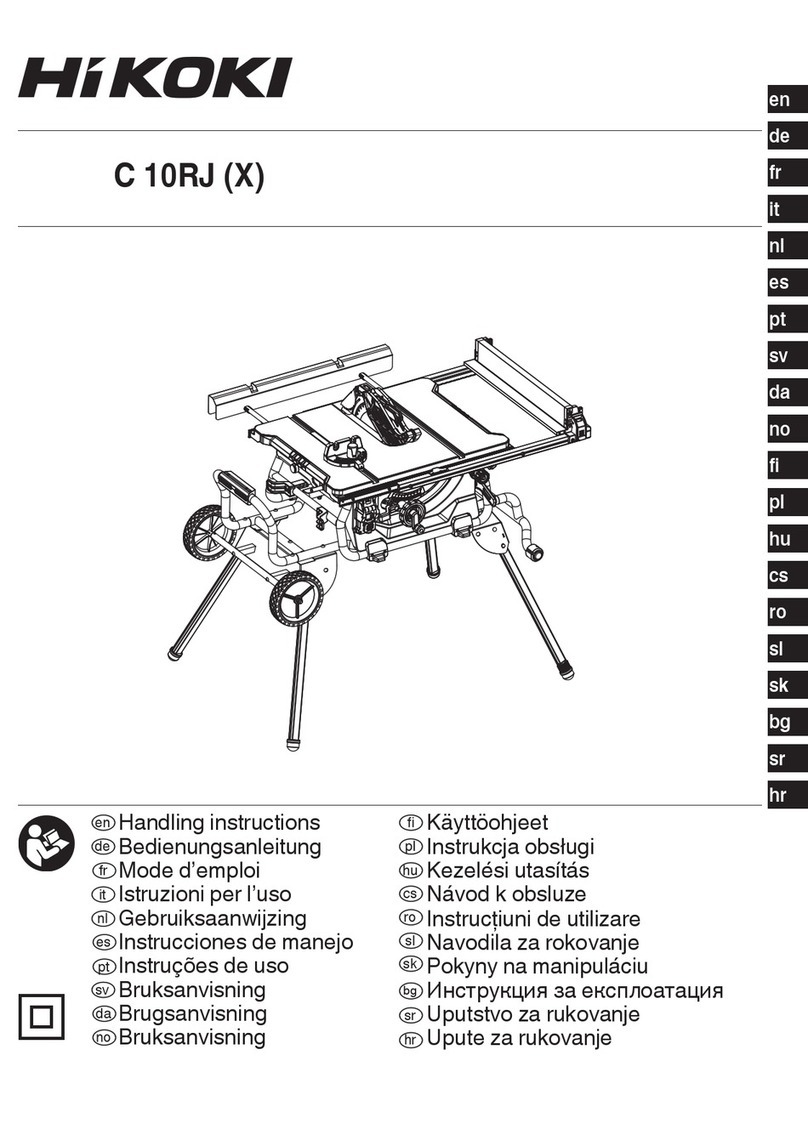
HIKOKI
HIKOKI C 10RJ User manual
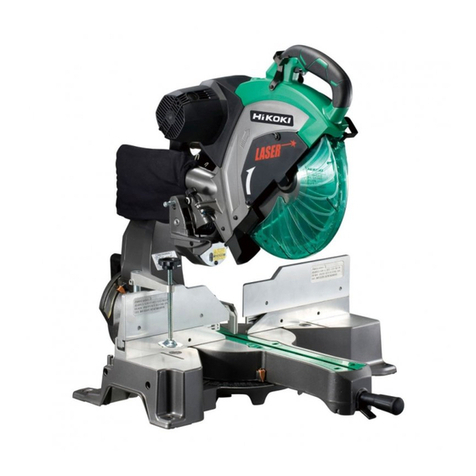
HIKOKI
HIKOKI C 12RSH2 User manual
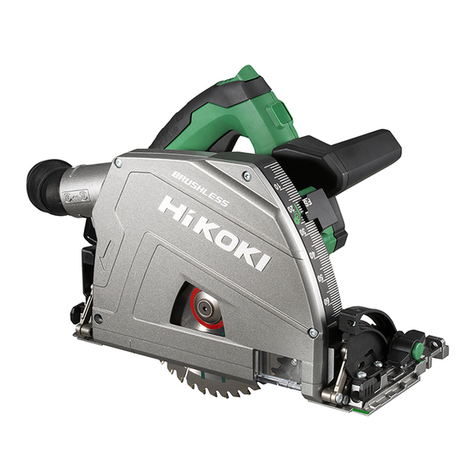
HIKOKI
HIKOKI C 3606DPA User manual

HIKOKI
HIKOKI C 3605DA User manual
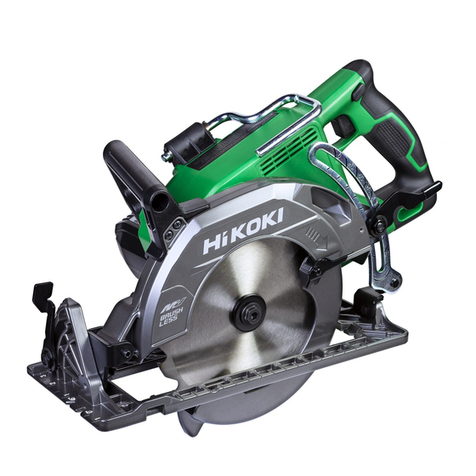
HIKOKI
HIKOKI C 3607DWA User manual

HIKOKI
HIKOKI C 5MEY User manual
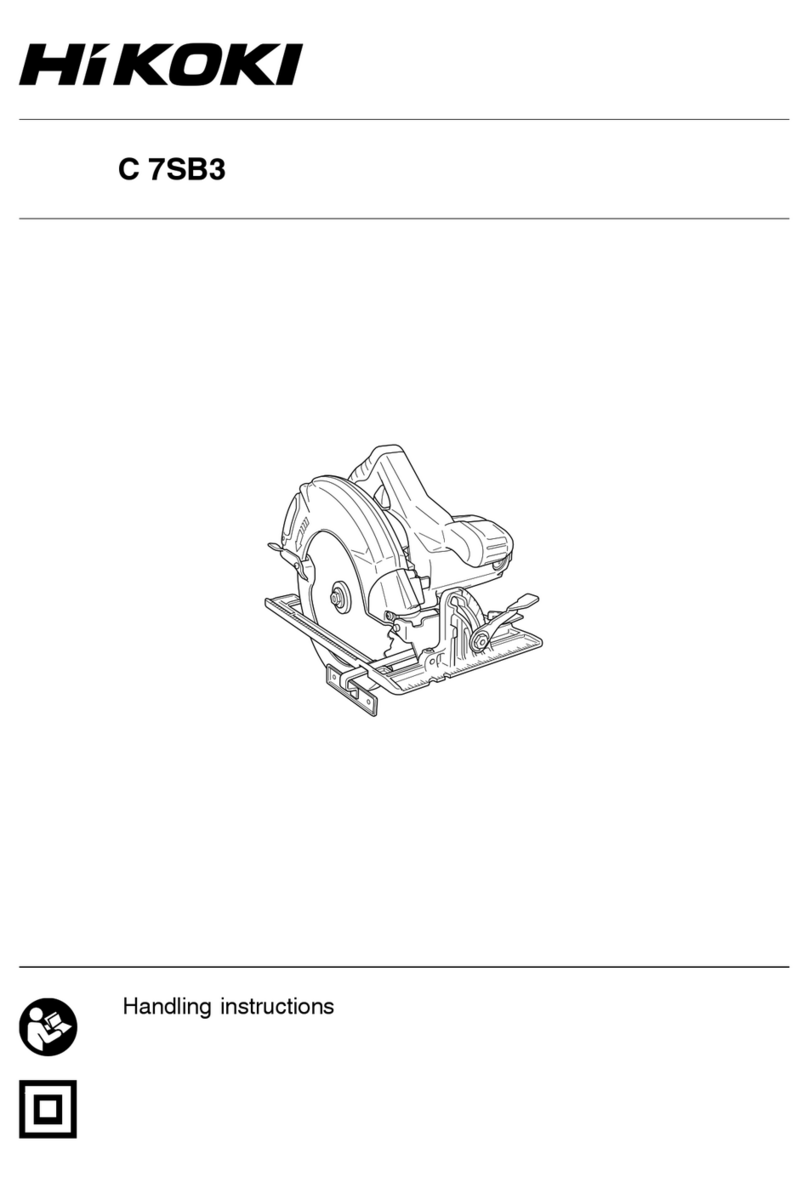
HIKOKI
HIKOKI C 7SB3 User manual
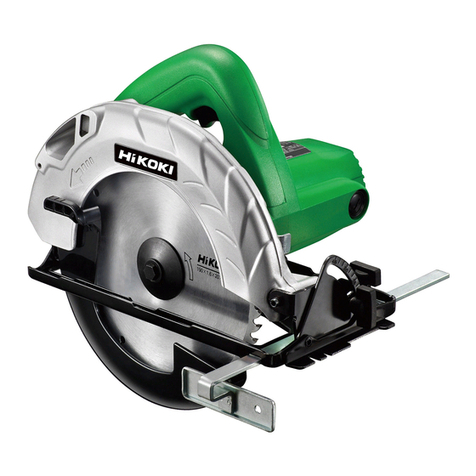
HIKOKI
HIKOKI C 7SS User manual
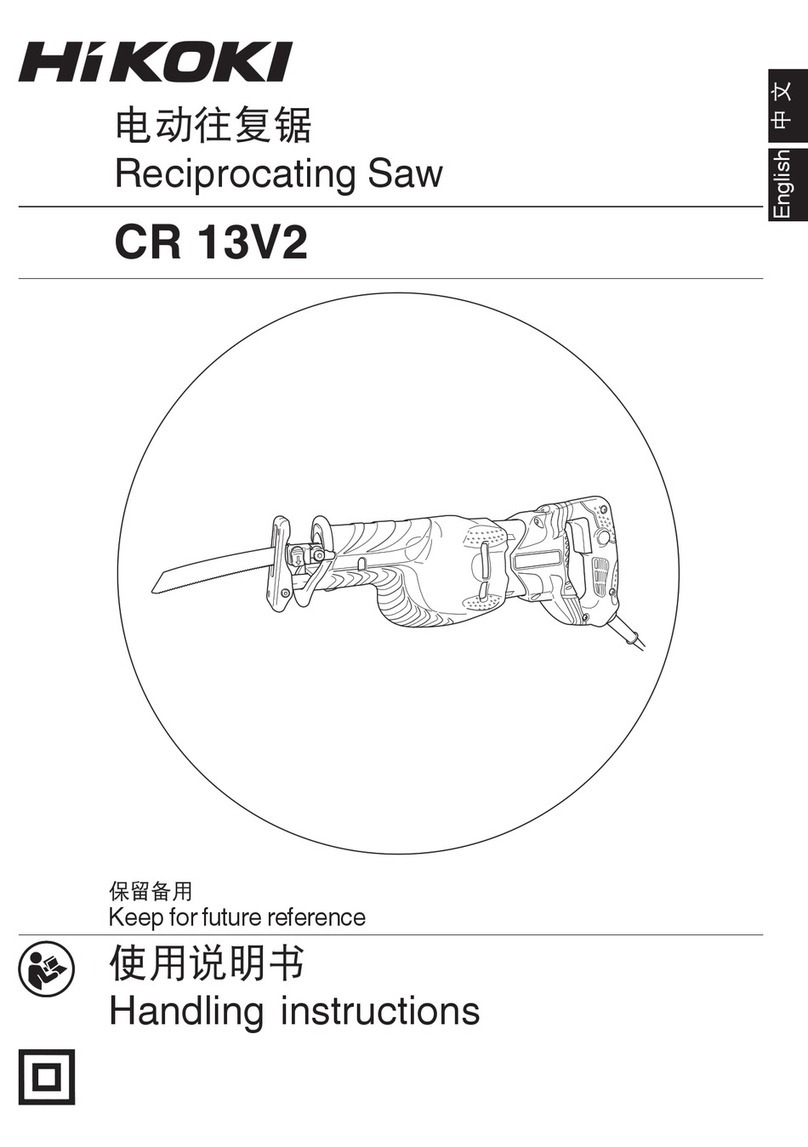
HIKOKI
HIKOKI CR 13V2 User manual

HIKOKI
HIKOKI C 10FCH2 User manual
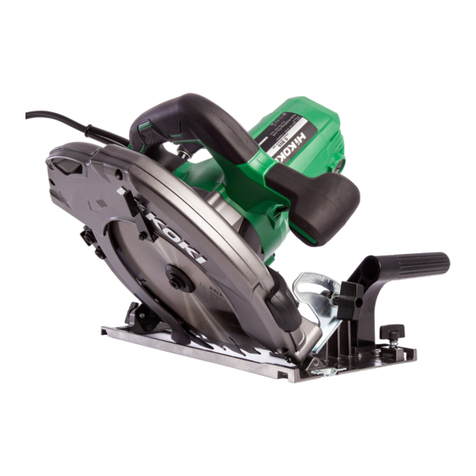
HIKOKI
HIKOKI C 9U3 User manual
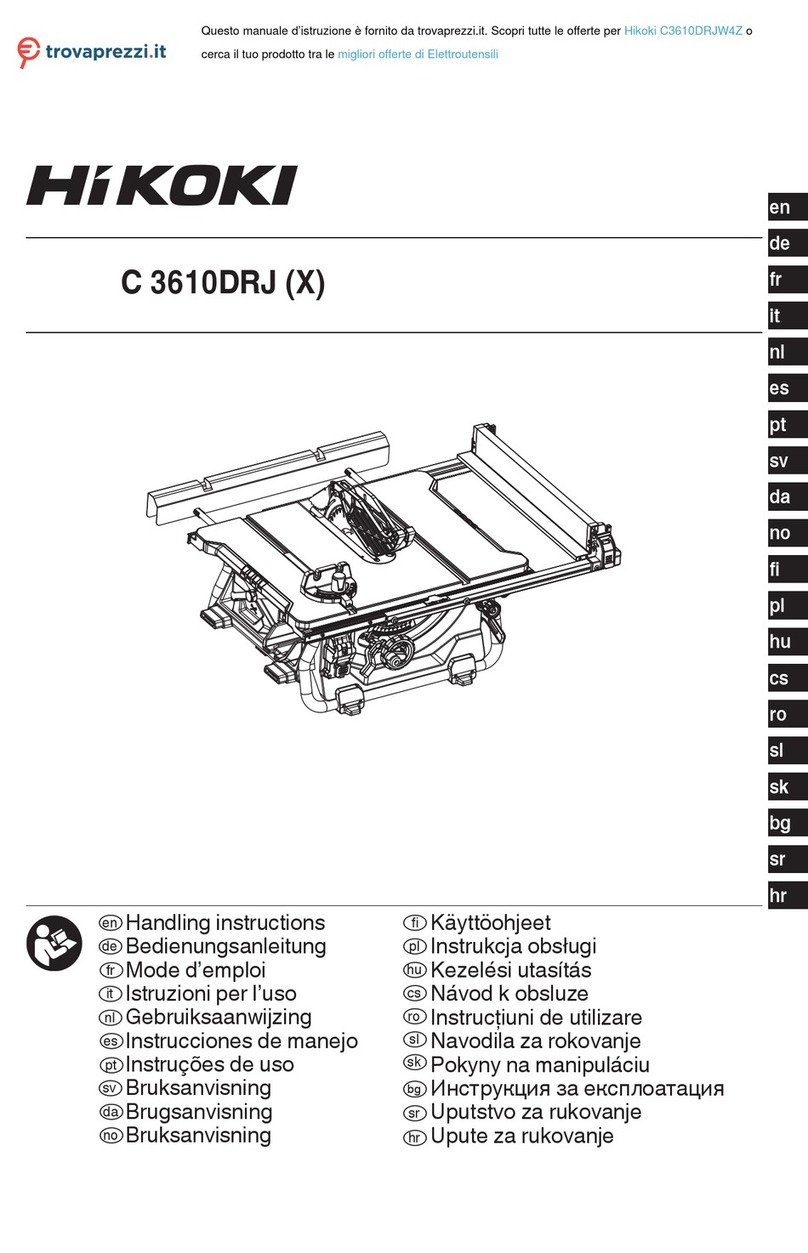
HIKOKI
HIKOKI C3610DRJW4Z User manual

HIKOKI
HIKOKI CR 36DA User manual

HIKOKI
HIKOKI C 6BUY User manual

HIKOKI
HIKOKI CR 13VC User manual
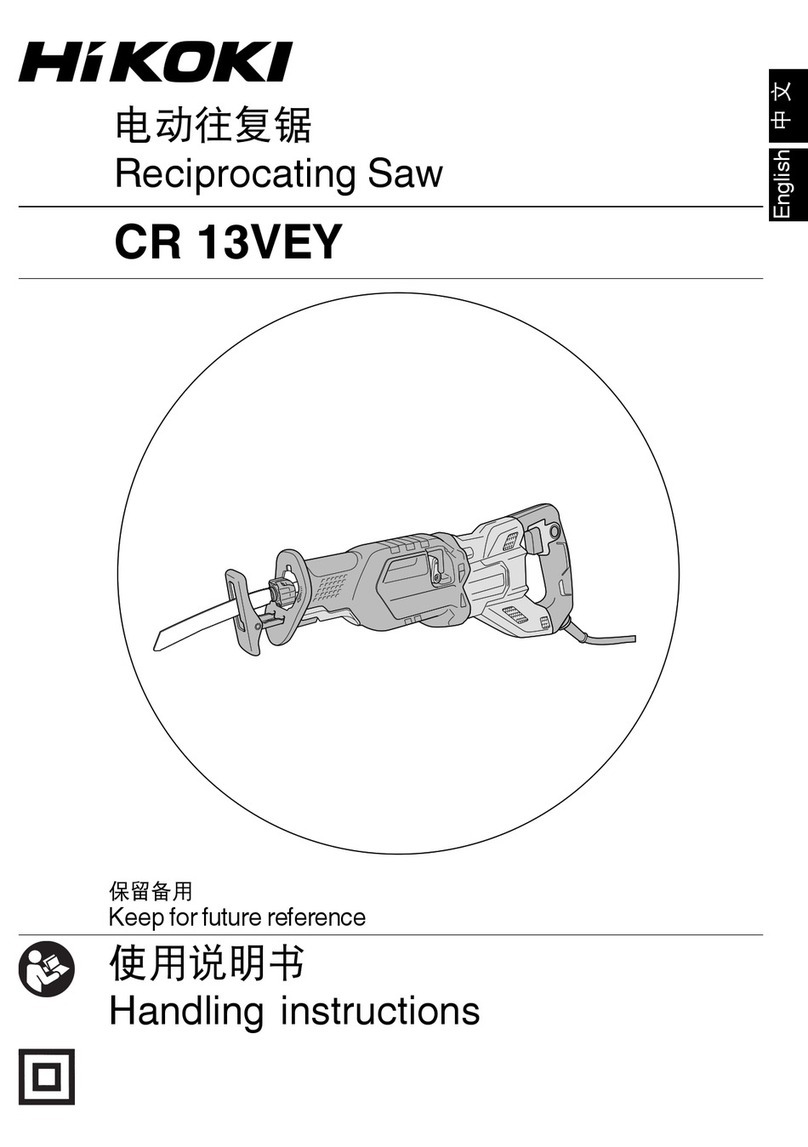
HIKOKI
HIKOKI CR 13VEY User manual
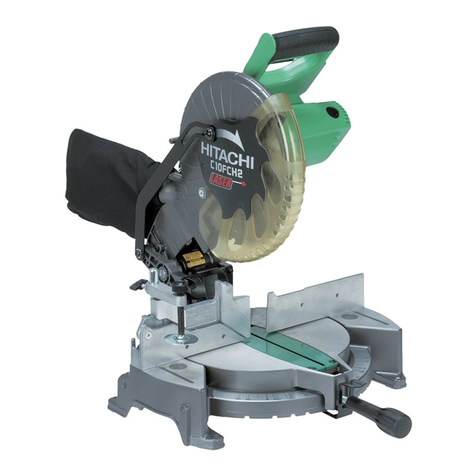
HIKOKI
HIKOKI C 10FCH2 User manual
